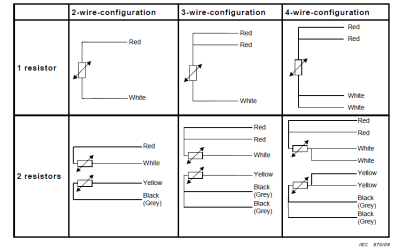No products in the cart.
 Menu ≡ ╳
Menu ≡ ╳ - Products
- Thermocouple
- Thermocouple with cable and connector
- Industrial Thermocouple
- TC70 Industrial Thermocouple
- TC71 Thermocouple with Adjustable connection
- TC80 Thermocouple with Nipple union extenssion
- TC90 Thermocouple Remote Mount Head
- TC100 Base Metal Thermcouple with Protection tube
- TC200 Noble Metal Thermocouple with Protection tube
- TC201 Thermocouple with Dual Protection Tube noble metal
- Surface Thermocouple
- Bayonet Style Thermocouple
- Resistance Temperature Detector(RTD)
- RTD with Cable and Connector
- RTD11-Resitance temperatrue detector with Cable Bare End
- RTD12- RTD with Connector
- RTD13- Cut to Length RTD
- RTD14- RTD with fixed Process Connection
- RTD15-Replacment RTD element
- RTD21- Nozzle RTD
- RTD22 Nozzle Screw bolt RTD
- RTD23 Melt Bot Style Resistance temperature Detector ( RTD)
- RTD with Handle and Cord
- Industrial RTDs
- Surface RTD
- Bayonet RTD
- Sanitary RTD
- Electric Motor RTD
- RTD with Cable and Connector
- Noble Metal Thermocouples
- Thermowell and Protection well
- Thermocouple Connector
- Temperature Transmitters and Controllers
- Wire and Cable
- Sensor Accessories
- Thermocouple
- Calibration
- Resources
- News
- About us
- Contact Us



